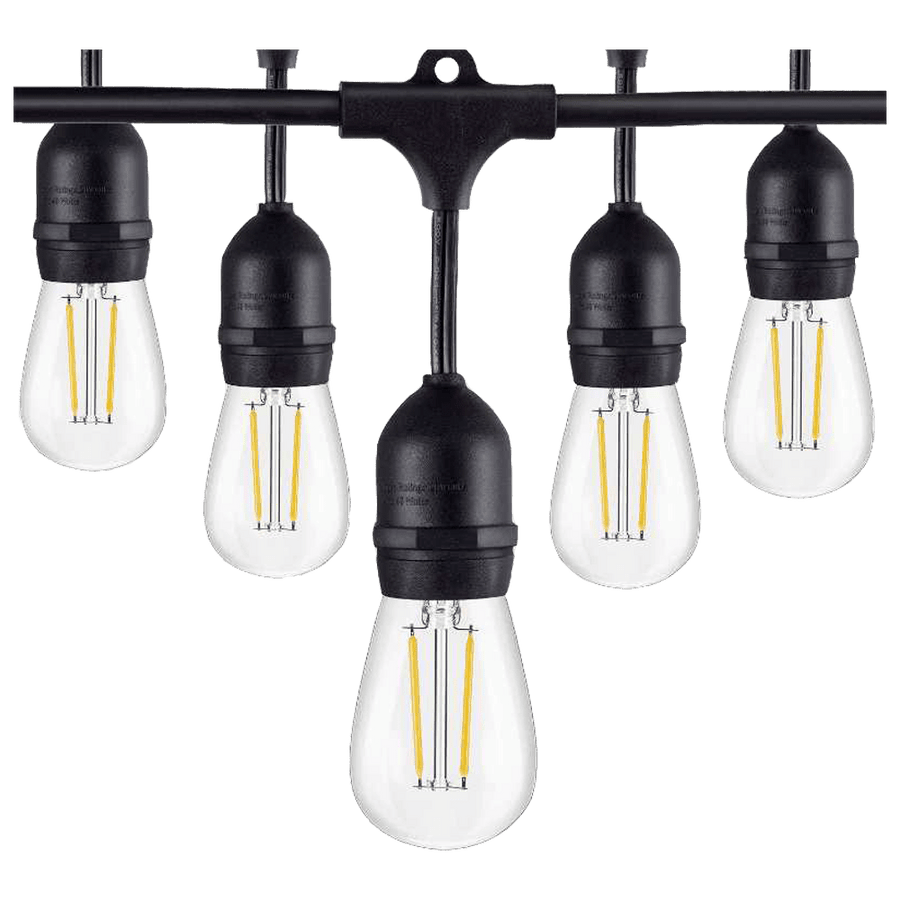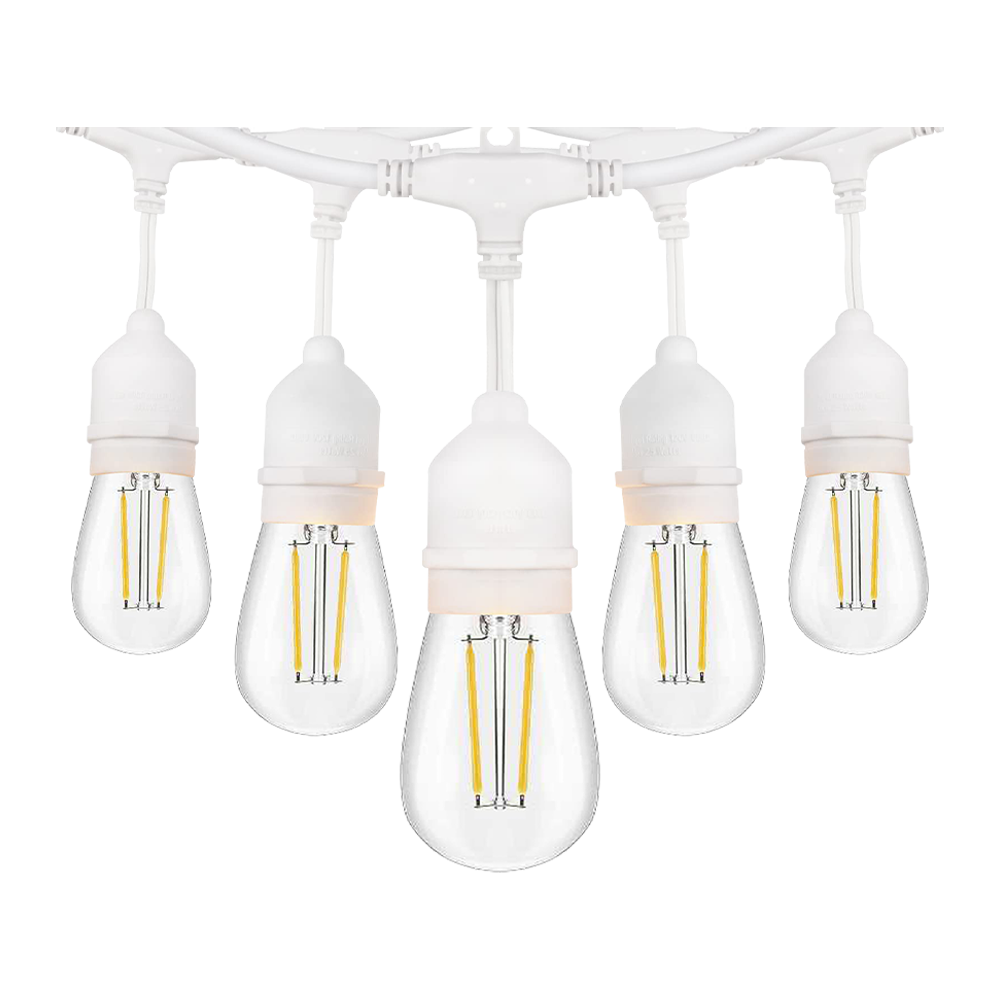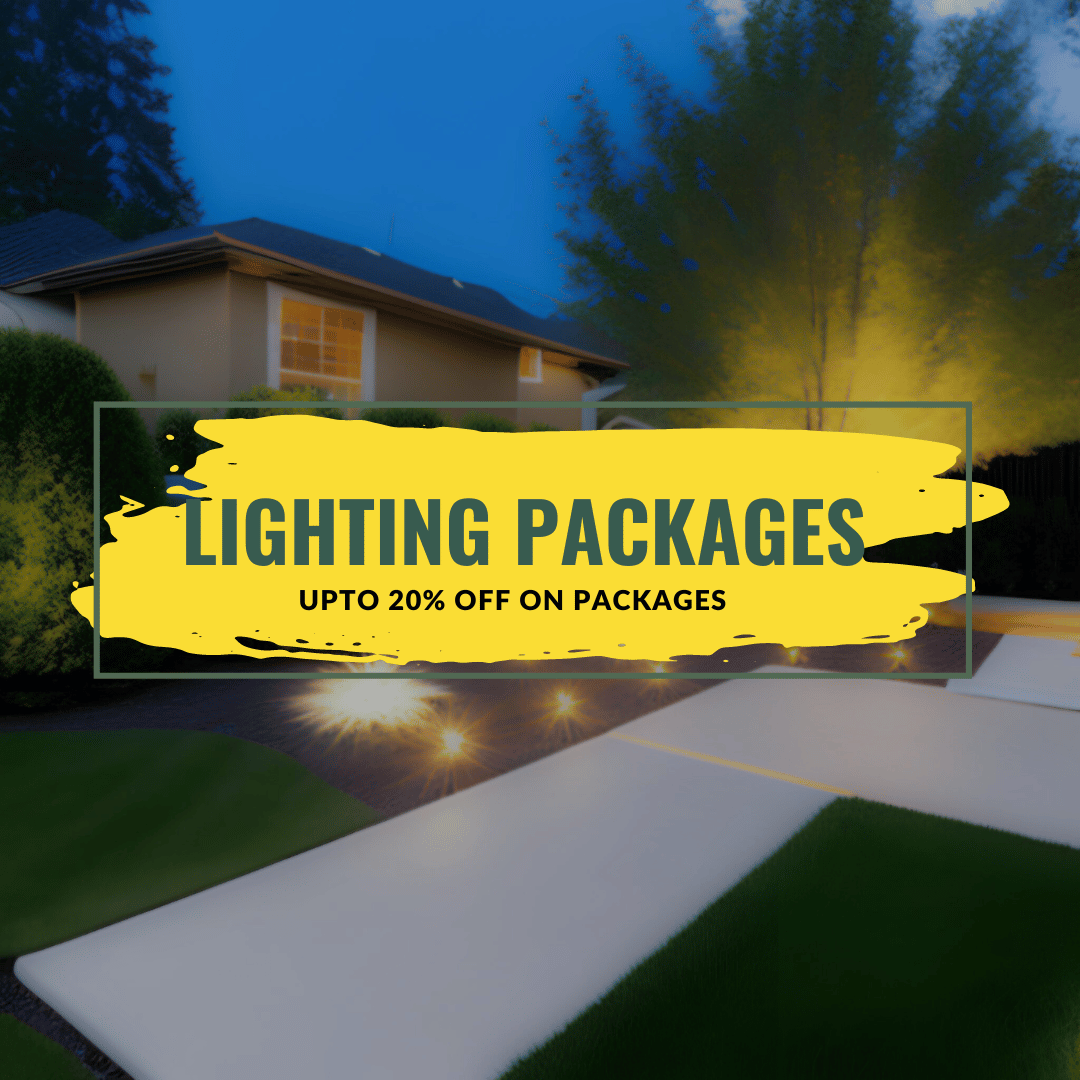Choosing the Right Landscape Lighting for Your Outdoor Space: Low Voltage vs. Line Voltage
Introduction:
Illuminating your outdoor space with landscape lighting can create a captivating and enchanting atmosphere that extends the beauty and functionality of your garden into the evening hours. When it comes to selecting the right lighting system for your needs, two popular choices are low voltage and line voltage landscape lighting. In this post, we'll explore the key differences between these systems, their respective advantages, and provide guidance on making an informed decision that best suits your specific outdoor lighting requirements.
Understanding Low Voltage Landscape Lighting (12V):
Low voltage landscape lighting operates on a safer and more energy-efficient 12-volt system, achieved through a transformer that converts the standard 120-volt household electrical current. This system significantly reduces the risk of electrical hazards and offers more flexibility during installation.
Advantages of Low Voltage Landscape Lighting (12V):
-
Enhanced Safety: With its low voltage (12V) system, this type of landscape lighting is a safer choice, particularly for homes with children and pets.
-
Energy Efficiency: Low voltage systems consume less power, resulting in lower energy bills and a reduced environmental impact.
-
Ease of Installation: DIY enthusiasts will appreciate the simplicity of low voltage (12V) landscape lighting, as it eliminates the need for deep cable burying or conduit installation.
-
Flexibility: Low voltage (12V) fixtures can be easily repositioned or added, allowing for greater customization and creative lighting effects.
Understanding Line Voltage Landscape Lighting (120V):
Conversely, line voltage landscape lighting operates on the standard 120 volts typically found in household electrical systems. It requires a direct connection to your home's electrical circuit without the need for a transformer.
Advantages of Line Voltage Landscape Lighting (120V):
-
Brighter Illumination: Line voltage (120V) systems produce brighter illumination, making them suitable for larger outdoor spaces and areas that require higher light output.
-
Simplified Design: Line voltage (120V) landscape lighting boasts a straightforward layout, making it ideal for simple lighting projects.
-
Long-Distance Reach: Line voltage (120V) systems can span longer distances from the power source without significant voltage drop issues, making them suitable for expansive landscapes.
-
Cost-Effectiveness: In cases where extensive lighting is needed, line voltage (120V) systems can be more budget-friendly due to reduced material requirements.
Choosing the Right System for Your Needs:
To make an informed decision between low voltage (12V) and line voltage (120V) landscape lighting, consider the following factors:
-
Budget: Assess your budget, including fixture costs, cables, and installation expenses. Low voltage (12V) systems generally have lower upfront costs.
-
Safety: If safety is a top concern, especially in homes with children or pets, low voltage (12V) is the safer option.
-
Installation Preference: Determine whether you prefer a DIY installation (low voltage - 12V) or hiring a professional electrician for direct connections (line voltage - 120V).
-
Design Flexibility: Consider your desired level of customization and design versatility, as low voltage (12V) systems offer more flexibility in this regard.
-
Illumination Needs: Evaluate the specific lighting requirements of your outdoor space. Line voltage (120V) may be more suitable for larger, high-illumination areas.
Conclusion:
Choosing the right landscape lighting for your outdoor space is crucial to creating a captivating and inviting atmosphere after dark. Low voltage (12V) landscape lighting offers enhanced safety, energy efficiency, and easy installation, making it a popular choice for most residential applications. On the other hand, line voltage (120V) systems are well-suited for larger spaces and projects that require higher light output.
By understanding the differences between these two lighting systems and considering your budget, safety concerns, and lighting needs, you can confidently choose the perfect option (low voltage or line voltage) to illuminate and enhance the beauty of your outdoor space. Your thoughtfully lit garden will become a captivating haven, offering a delightful outdoor living experience for you and your guests.
Check out our low voltage transformers here.









